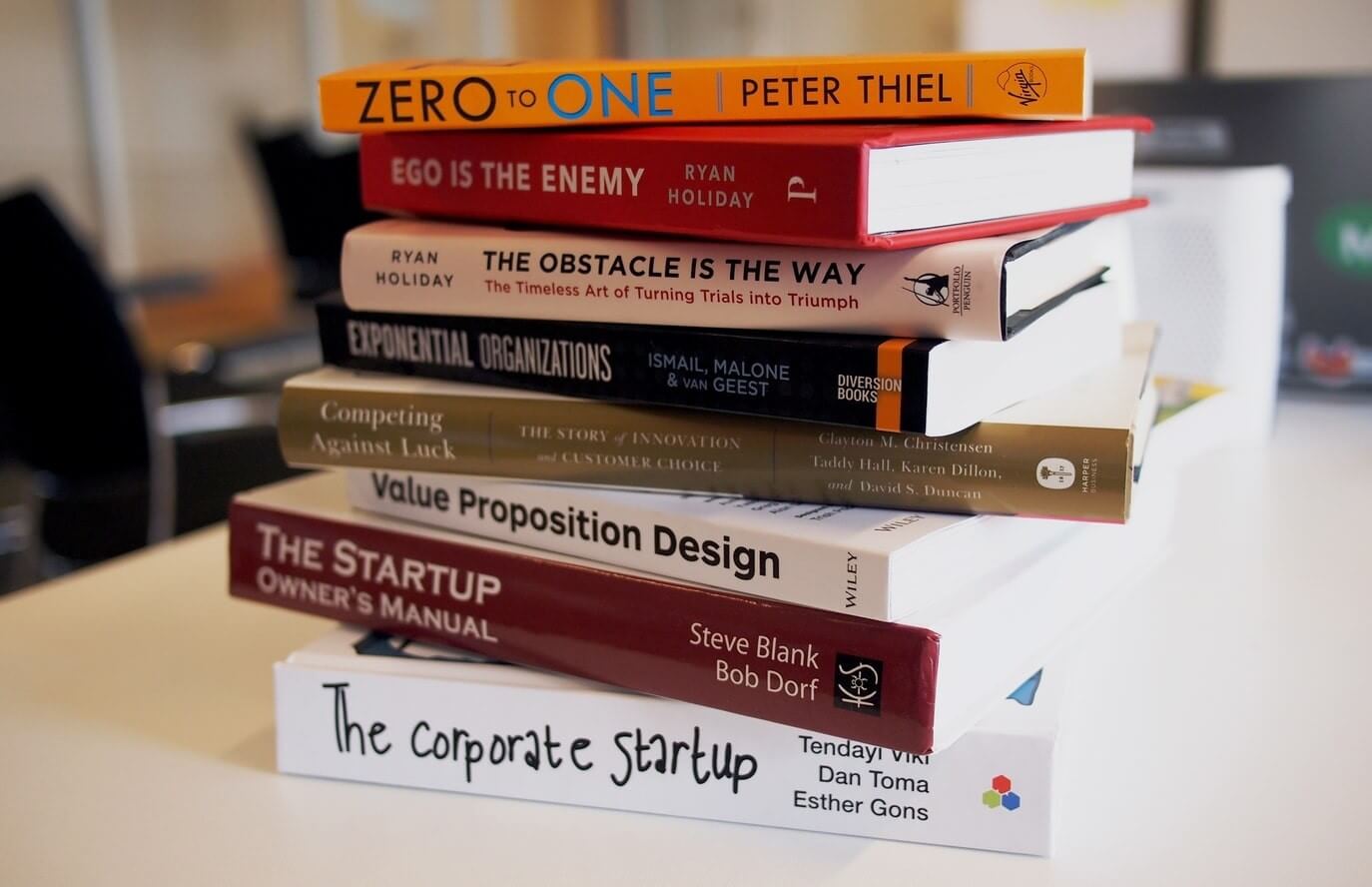By launching a new enterprise – whether it is a small startup or an initiative within a large corporation – businesses always set foot in an unknown territory. According to the old and conventional approaches, you have the idea, spend months on writing a detailed business plan, analyze the market, assemble a team, develop a perfect product, and start promoting it. Since this sequence of steps are extremely time-consuming and do not give you enough data to work with, there is a fair chance that you might suffer a fatal blow; just like 75% of other startups that fail according to statistics by Harvard Business School’s Shikhar Ghosh.
Our ideas may appear brilliant to us, but their practicality is always questionable. Luckily, a new methodology has emerged in recent years that can make the process of starting a company less risky. It is called the “lean startup” methodology, and it favors experimentation, customer feedback, and iterative design over the traditional approaches. The term “lean startup” was first introduced by Eric Ries in his bestselling book The Lean Startup in 2011. This methodology is a framework that startups can use to test and grow their businesses and mitigate their risk of going forward and increase the likelihood of finding a viable product. For startups to be lean, they have to cut out any unnecessary parts from their product to save as many resources as they can.
But what exactly is the lean startup methodology?
Startups cannot afford to have all of their investments depend on the success or the failure of a single product, so the traditional approaches and planning a perfect product are rejected. In the lean startup methodology, the aim is to eliminate wasteful practices and increase value-producing practices during the initial phases of the company so that the company can have a higher chance of success without requiring large amounts of resources and funding. Gauging customer feedback is integral to the lean startup process, as it ensures the company that it is not investing in an unwanted product.
The main features of the lean startup methodology are achieving validated learning and building a successful minimum viable product.
Validated learning describes learning generated by trying out an initial idea and then measuring it against potential customers. It follows a simple logic; if you want to know an idea is feasible, you have to test it first and measure its success through tangible metrics and a “get out of the building” approach. You should have definite criteria on what success is, for example, if you are launching an app, the more downloads, the more favorable the outcome.
The lean startup methodology also proposes producing an unfinalized version of the product as quickly as possible in the form of a minimum viable product (MVP). We have talked about building an MVP and its benefits on previous posts. But to put it briefly, an MVP is a miniature version of your product, and you release it to test your fundamental business hypotheses and see how customers react. Building an MVP is a way to maximize validated learning and gather feedback and confirmation from costumers. The lean startup methodology suggests that this process takes place as fast as possible because it saves time in case the project fails; this leaves more time to pivot the project and build a new MVP. So, if you ought to hit the ground, you better hit it running. Offshoring and outsourcing the MVP will also help minimize the time and effort and resources and keep the product development lean. If you are considering outsourcing your MVP to keep your startup lean, we offer services at WinATalent that can help you achieve that.
New ventures rapidly assemble an MVP and immediately elicit customer feedback so they can quickly choose one of these two options: whether to pivot or to persevere. If they conclude that the idea is not working, they can change or even fire a plan or a product and structure a correction course. But if they reach a different conclusion, they can make further adjustments and continue developing their product.
Finally, the lean startup methodology proposes a build – measure – learn loop strategy that emphasizes on speed as a critical ingredient in product development. This strategy is a learning cycle of turning ideas into MVPs quickly, gathering customers’ feedback, and deciding to pivot or persevere; this cycle is repeated as many times as necessary.
